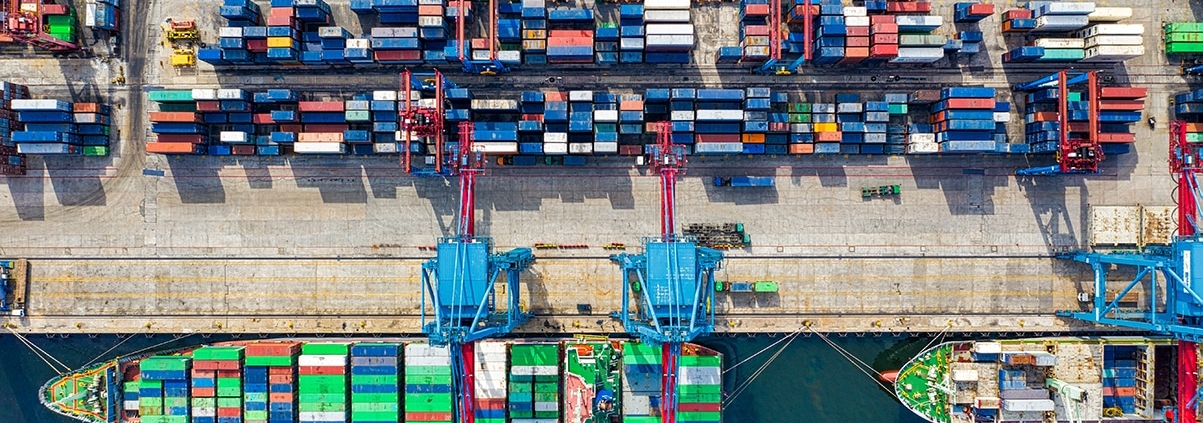ILWU Canada Port Workers Threaten Strike
ILWU Canada Core Issues
February 2018, negotiations began between International Longshore and Warehouse Union (ILWU) Canada and the British Columbia Maritime Employers Association (BCMEA). The purpose of these negotiations is to renew a labor contract between the two parties with agreements on how to move forward for the ports of Vancouver and Prince Rupert. One of the main issues being discussed is the introduction of port automation. Recently escalated tensions between the two parties have given way to the possibility of an ILWU Canada strike with a landslide vote on the issue this past week.
Furthermore, for ILWU Canada, the loss of jobs for dockworkers would be devastating to communities. According to Robert Ashton, president of ILWU Canada, job losses due to automation could be as much as 85-90 percent. However, the official estimate is that job losses will vary from 40-70 percent. Combined, the ports of Vancouver and Prince Rupert account for 2/3 of Canadian import retail traffic. The implementation of expansion plans for the ports of Vancouver and Prince Rupert will launch in the mid-late 2020s.
With increased support for the ILA on the U.S. East and Gulf coasts, ILWU is standing firm on the issue of automation. Early this past Thursday morning negotiations came to a standstill, and as a result the BCMEA made the decision to lockout employees from the ports of Vancouver and Prince Rupert. However, later on that day, BCMEA lifted the lockout following a tentative agreement being reached between the two parties. The details of the agreement are unknown at this time.
Port Strike Ripple Effect
Should negotiations take a turn for the worse and an ILWU Canada strike ensue, port operations at both Vancouver and Prince Rupert will come to a halt. This will result in shippers finding alternative routes for their western Canada imports and exports. The most viable supply chain alternatives are the ports of Seattle and Tacoma. This causes capacity to tighten and freight rates to go up in these regions of the U.S.
Furthermore, supply chain costs would go up for cross-border lanes and added variables would increase shipment time. The effect of a strike will be felt the most at mom-and-pop stores. Many bigger shippers import enough product that if assets get locked up at one location, then they can divert their future shipments to alternative ports like Seattle, Tacoma and Los Angeles. However, for smaller shippers with import volumes that may only partially fill containers every few months, alternative routing for their supply chain is not an option. Once the product is locked up at a port, it is stuck there until the port operations resume.
BM2 Freight Services, Inc.
Phone: (859) 308-5100
Email: Sales@BM2Freight.com





Leave a Reply
Want to join the discussion?Feel free to contribute!